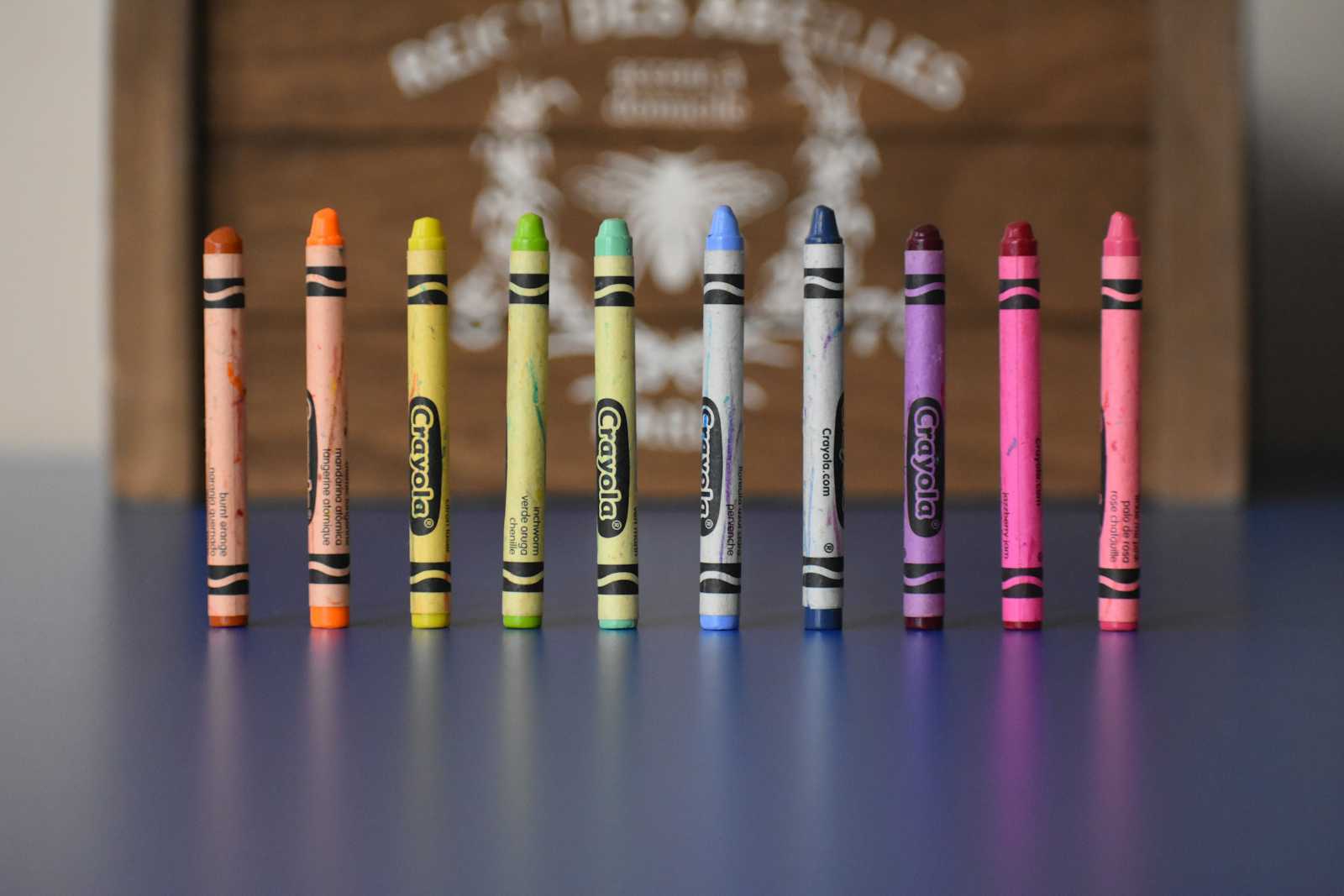A Comprehensive Markdown Tutorial: Mastering Markdown Syntax
 Shital Mainali
Shital Mainali
Welcome to my comprehensive Markdown tutorial! In this guide, I will take you through the essentials of Markdown syntax, covering everything from basic formatting to advanced techniques. Whether you're new to Markdown or looking to enhance your skills, this tutorial will provide you with the knowledge you need to become a Markdown pro.
Introduction to Markdown
Markdown is a lightweight markup language that allows you to format text using simple syntax. It's widely used for writing documentation, creating README files, and formatting text on platforms like GitHub, Stack Overflow, and more. Markdown is designed to be easy to read and write, making it a popular choice for developers, writers, and content creators.
Getting Started
Setting Up Your Environment
Before we dive into Markdown syntax, let's make sure you have everything set up. You'll need a text editor to write Markdown files and a Markdown viewer or renderer to preview your content. Here are some popular options:
Text Editors: Visual Studio Code, Sublime Text, Atom
Markdown Viewers: Markdown Preview extension for VS Code, Markdown Preview Enhanced for Atom
Once you have your tools in place, you're ready to start writing Markdown!
Cloning the Repository
To follow along with this tutorial, you can clone our GitHub repository, markDownExamples. This repository contains a collection of Markdown files with examples of various Markdown syntax elements. You can use these examples as a reference while learning Markdown.
git clone https://github.com/spiderb59/markDownExamples.git
Exploring the Examples
Now that you have the repository cloned to your local machine, take some time to explore the examples provided. Each Markdown file in the repository covers a different aspect of Markdown syntax, from basic formatting to more advanced features like tables, images, and code blocks. Feel free to open the files in your text editor and experiment with the syntax.
Basic Markdown Syntax
Headings
Markdown uses hash (#) symbols to denote headings. The number of hash symbols indicates the heading level:
# Heading 1
## Heading 2
### Heading 3
Lists
You can create bulleted and numbered lists using -, *, and numbers followed by a period:
- Item 1
- Item 2
- Subitem 1
- Subitem 2
1. First item
2. Second item
Links and Images
Markdown allows you to insert links and images using simple syntax:
[Link Text](https://example.com)

Emphasis and Bold
You can emphasize text by surrounding it with asterisks (*) or underscores (_), and make it bold by doubling the asterisks or underscores:
*Italic Text*
**Bold Text**
Advanced Markdown Syntax
Tables
Markdown supports tables, which can be created using pipe (|) separators and hyphens for headers:
| Header 1 | Header 2 |
| -------- | -------- |
| Cell 1 | Cell 2 |
Code Blocks
You can display code blocks using triple backticks (```) with an optional language identifier:
```javascript
console.log('Hello, world!');
```
Block-quotes
Markdown allows you to create block-quotes using the greater than (>) symbol:
> This is a blockquote.
Conclusion
Congratulations! You've now learned the basics of Markdown syntax and explored some advanced techniques. Armed with this knowledge and the examples from our GitHub repository, you'll be well-equipped to write Markdown documents with ease. Keep practicing and experimenting with Markdown, and soon you'll be a Markdown master!
Now, go ahead and start creating beautiful, well-formatted content using Markdown! If you have any questions or need further assistance, feel free to reach out and check my repo or consult the official Markdown documentation.
Happy Markdowning! 🚀
Subscribe to my newsletter
Read articles from Shital Mainali directly inside your inbox. Subscribe to the newsletter, and don't miss out.
Written by

Shital Mainali
Shital Mainali
Well, hello there! I'm what you might call an enthusiastically frustrated developer. You see, I have a love-hate relationship with coding. On the one hand, I can't get enough of it - I get all giddy at the thought of creating something new and exciting. On the other hand, it's like trying to solve a Rubik's cube blindfolded while standing on one foot. It's frustrating, it's maddening, and it's just a little bit hilarious. But hey, that's the life of a developer! I'm always up for a challenge, and I'm constantly trying to improve my skills. So, if you need someone to code you a website or an app, just know that I'll be over here banging my head against the keyboard until something magical happens. Cheers to the joys and frustrations of coding!